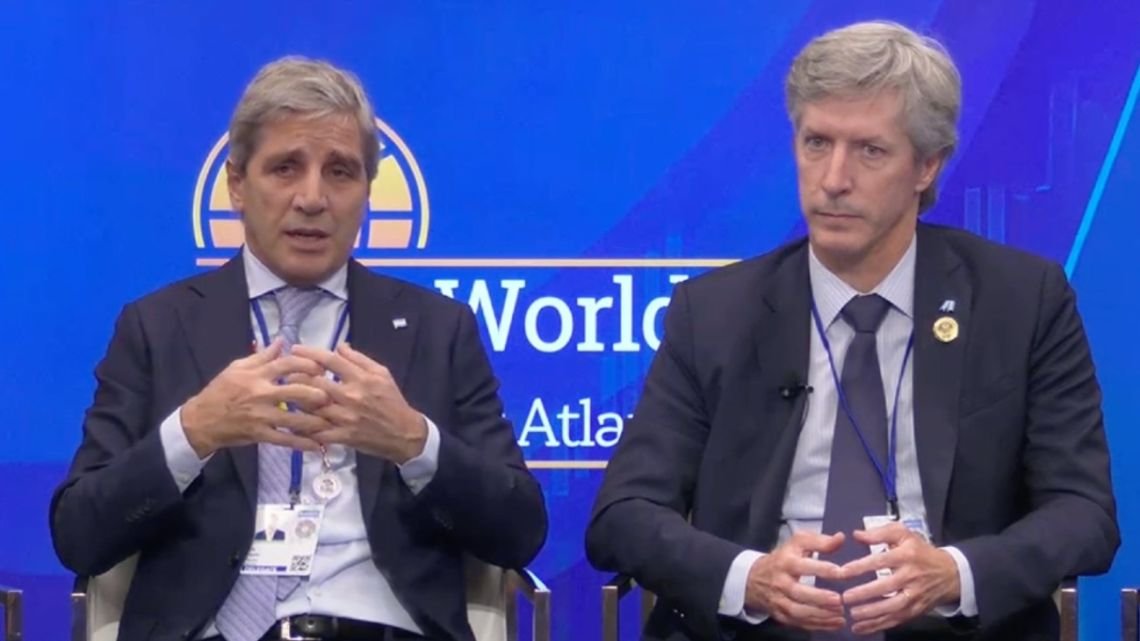After a week of continuous increases, the U.S. dollar experienced a slight decline in Cuba’s informal market on Sunday, while the euro remained stable and the Freely Convertible Currency (MLC) saw a modest uptick.
According to the Informal Market Representative Rate (TRMi) reported by elTOQUE, the U.S. dollar (USD) dropped to 460 Cuban pesos (CUP), marking a decrease of 10 pesos from the previous day.
Sunday’s Informal Exchange Rates in Cuba
On Sunday, November 16, 2025, the exchange rates were as follows:
Dollar (USD) to Cuban pesos (CUP): 460 CUP
Euro (EUR) to Cuban pesos (CUP): 500 CUP
MLC to Cuban pesos (CUP): 220 CUP
The euro (EUR) held steady at 500 CUP, showing no changes, while the MLC rose to 220 CUP, gaining 10 pesos compared to the previous day.
Dollar’s Decline After a Week of Gains
This drop in the dollar disrupts a seven-day upward streak, during which the U.S. currency had recovered 60 pesos from its early November low of 410 CUP.
Though the adjustment is moderate, some economists believe it could signal a temporary breather after several days of speculative pressure rather than a real trend reversal.
Conversely, the euro has consolidated its position at 500 CUP, continuing to be the most stable currency in the informal market in recent days.
The MLC, meanwhile, shows a slight increase, reaching its highest value of the month, driven by higher demand on digital payment and remittance platforms.
Economic Uncertainty Continues to Impact the Market
Despite this slight correction in the dollar, analysts agree that Cuba’s structural economic situation remains unchanged. Persistent inflation, currency shortages, banking crises, and distrust in the Cuban peso continue to drive citizens towards the parallel market, where foreign currencies serve as a hedge against the CUP’s depreciation.
The government’s ambiguity regarding the promised “floating rate” and the lack of measures to stabilize the financial system maintain uncertainty in the national currency landscape.
The dollar’s slight retreat offers no respite for Cuba’s economy, as the peso continues to lose ground against foreign currencies.
Government Promises and Attacks on Real Market Indicators
This modest dollar decline comes as the Cuban regime attempts to reassert its narrative of exchange rate control, following an announcement that it is “creating conditions” to establish an official, orderly, and transparent currency market.
The announcement, published Friday in Granma, coincides with a new wave of institutional attacks against the independent outlet elTOQUE, accused by the government of “manipulating” the informal dollar rate.
Ironically, it is precisely this rate—the Informal Market Representative Rate (TRMi)—that millions of Cubans use daily as a real reference for the peso’s value, in the absence of a functional official market.
Economists and analysts argue that the promise of a new currency system lacks technical support and foreign currency liquidity, interpreting it more as a political maneuver to divert attention than as a viable economic measure.
Since 2022, the Central Bank has repeated similar promises—such as the official rate of 120 CUP or the failed banking reforms—without visible results.
Meanwhile, the informal market continues to dictate the pace of the Cuban peso, revealing the true extent of the national economic crisis beyond official rhetoric.
Understanding Cuba’s Informal Currency Market
Why did the U.S. dollar decline in Cuba’s informal market?
The U.S. dollar declined slightly due to speculative pressure easing after a week of continuous gains, though it is not considered a significant trend reversal.
What is the Informal Market Representative Rate (TRMi)?
The TRMi is a rate used by millions of Cubans as a reliable reference for the value of the peso, especially in the absence of a functional official currency market.
How does the economic situation affect Cuba’s currency market?
Persistent inflation, currency shortages, and a lack of trust in the Cuban peso drive people towards the informal market, where foreign currencies are seen as more stable and reliable.







